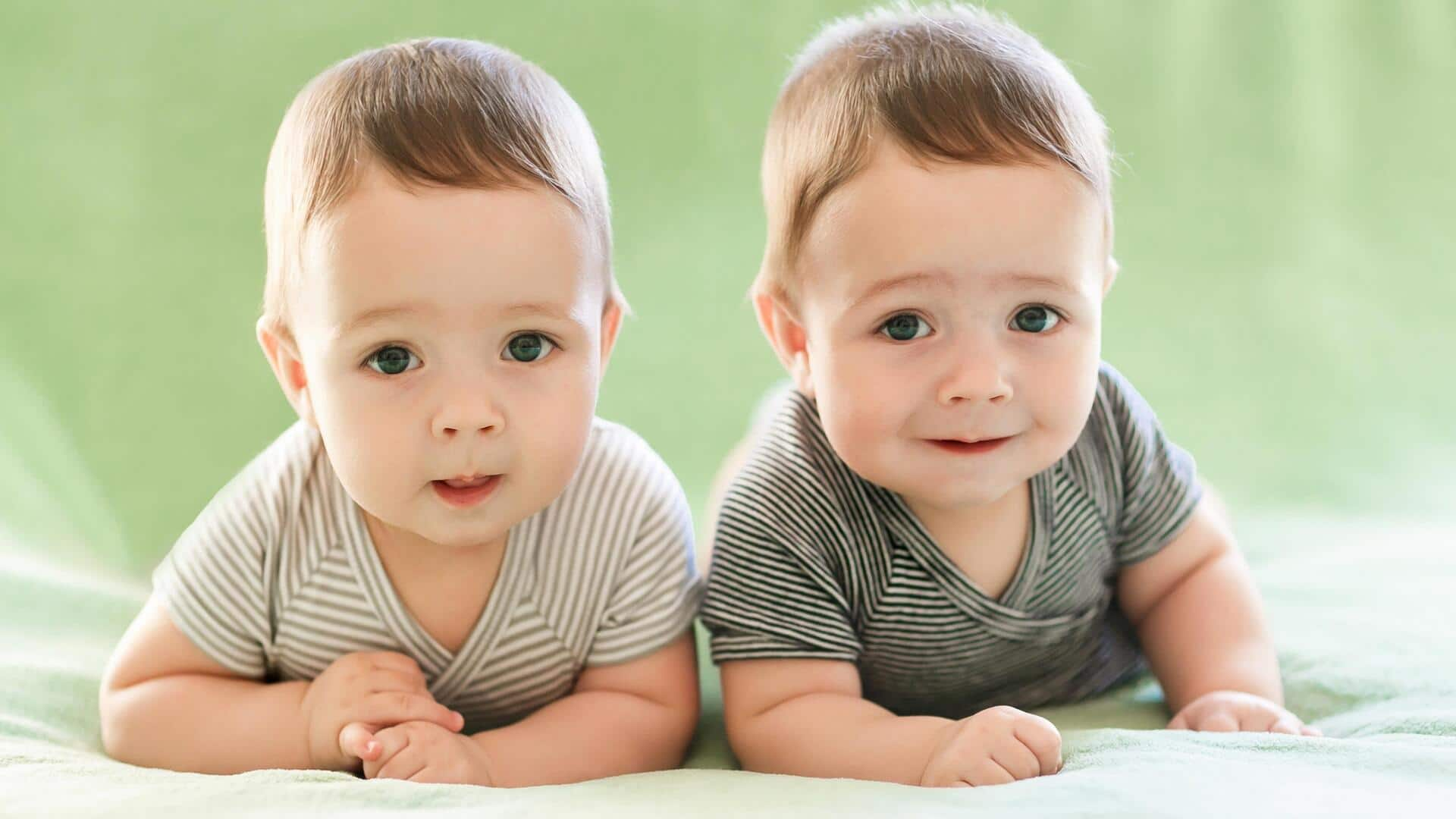
National Twins Day: Facts about twins you probably didn't know
What's the story
This year, National Twins Day is being celebrated from August 5-7 around the world, honoring the one-of-a-kind, rare miracle of having fraternal or identical twins. Originally, this day was to be celebrated on the first Saturday of August, however, people made it a weekend-long celebration. So to make this occasion twice as nice, here are five interesting facts about twins.
Fact 1
Twins invent their own special language for communication
Twins start socializing with each other when they are in their mother's womb. What they further do is invent a special language for communication. According to a study, 40% of twins invented a language that only they could understand. This happens a lot when the mental and linguistic development of the twins happens together in the womb and during the early stages of childhood.
Fact 2
There are three distinct types of twins
As per research, there are three types of twins. The first type of twins - dichorionic/diamniotic - has different placentas and sacs and do not touch each other in the womb. Monochorionic/diamniotic twins have different sacs but share the same placenta. Finally, monochorionic-monoamniotic twins, also known as MoMo twins, are those who share both the placenta and the sac.
Fact 3
Identical twins have different fingerprints
While two identical twins may look the same in their physical features, their fingerprints are still different. This is because of small differences in the womb's environment that offer twins different fingerprints. The arches, loops, and whirl patterns may look similar but are not the same. Owing to the same, even their voices may sound similar but not exactly like each other.
Fact 4
Women who drink milk have higher chances of conceiving twins
A study published in 2006 in the Journal of Reproductive Medicine conveyed that women who drink more milk were at least five times more likely to conceive twins than those who didn't. The reason identified is that milk and milk-based products like cheese and yogurt have a strong, insulin-like growth factor that stimulates the ovaries to produce more than one egg concurrently.
Fact 5
Mirror twins have reverse asymmetric features
Mirror twins are very rare in number (about 25% of the total cases of identical twins) and develop exact reflections of each other. Confused? Well, we mean that if one twin is right-handed, the other is highly likely to be left-handed. Their birthmarks may also be on opposite sides of their body. Even their hair may whorl on different sides.